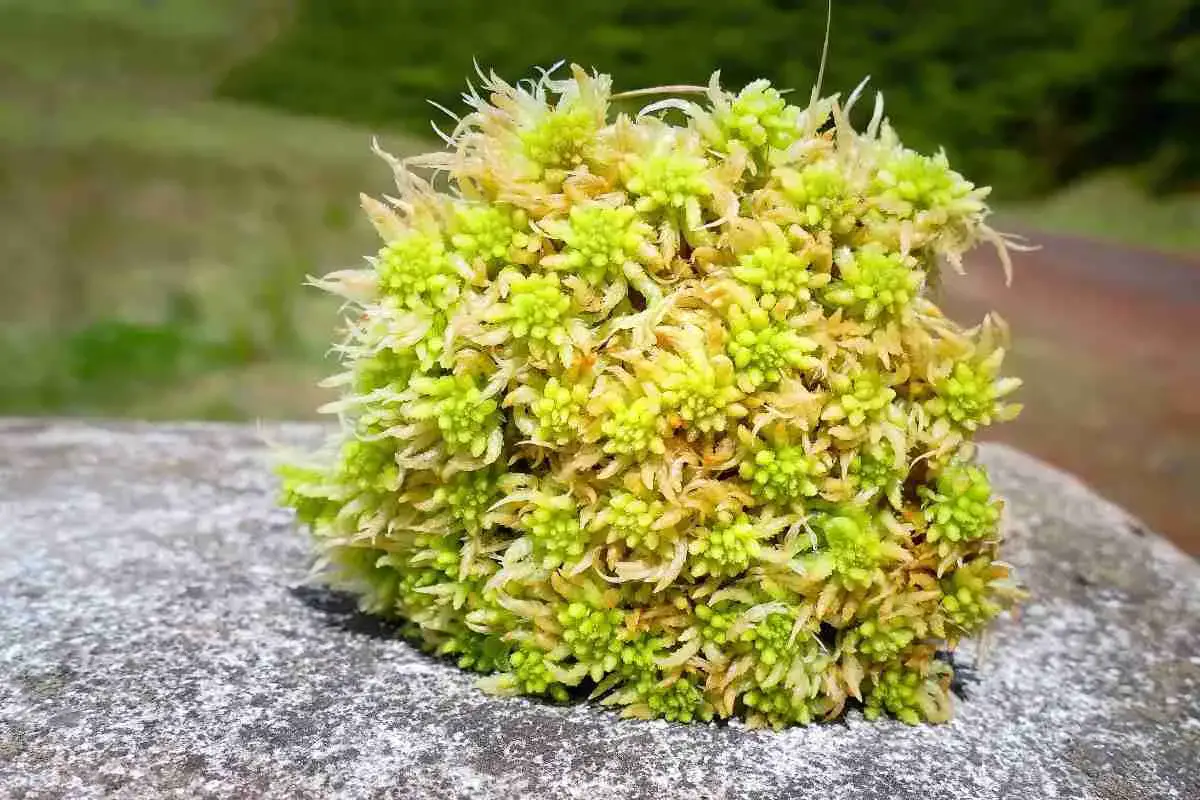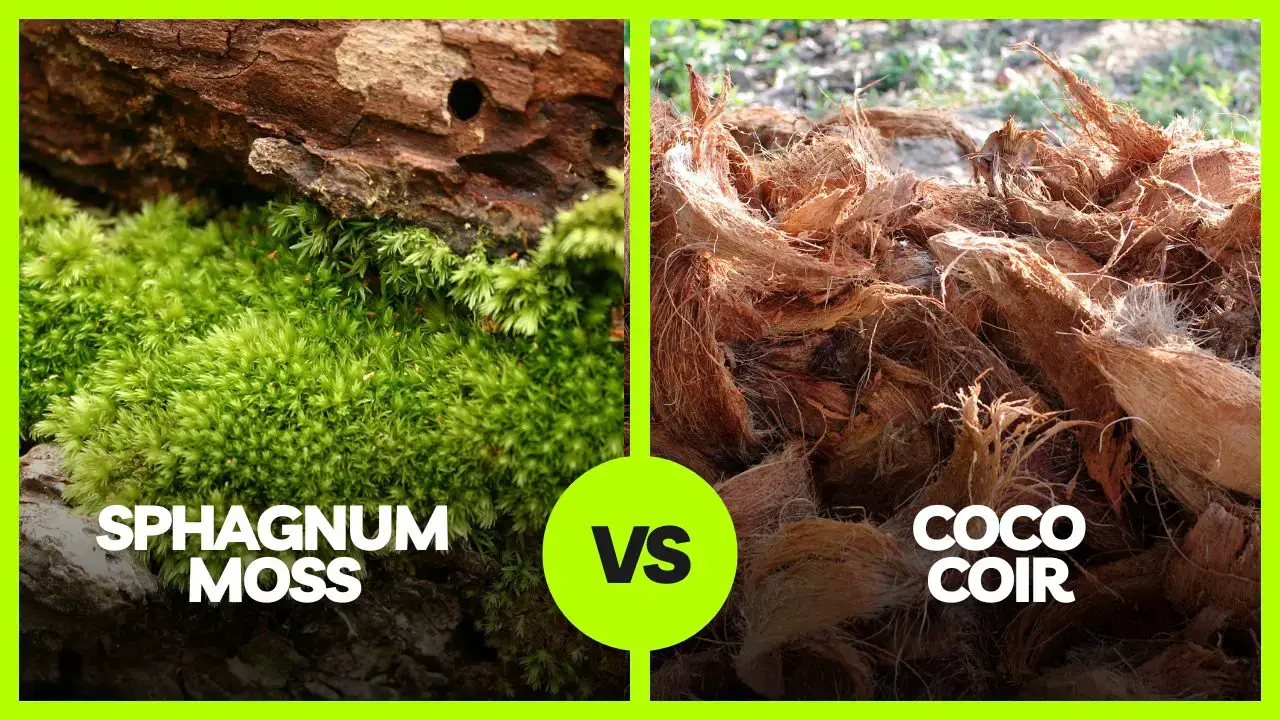
Sphagnum moss pole vs Coir pole. Which one is best for your houseplants?
Read more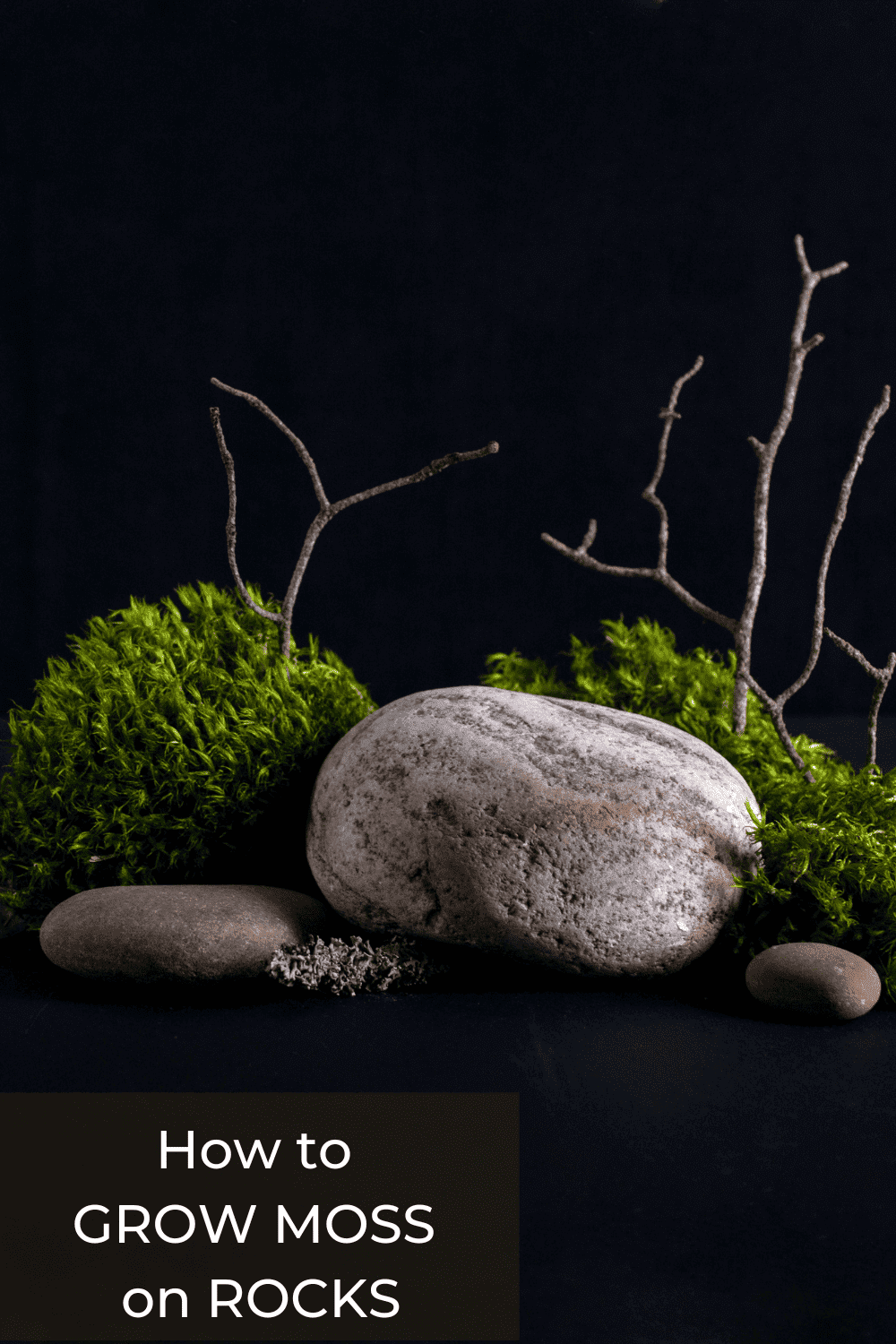
How to Grow Moss on Rocks and Impress Your Friends (or Enemies)
Read more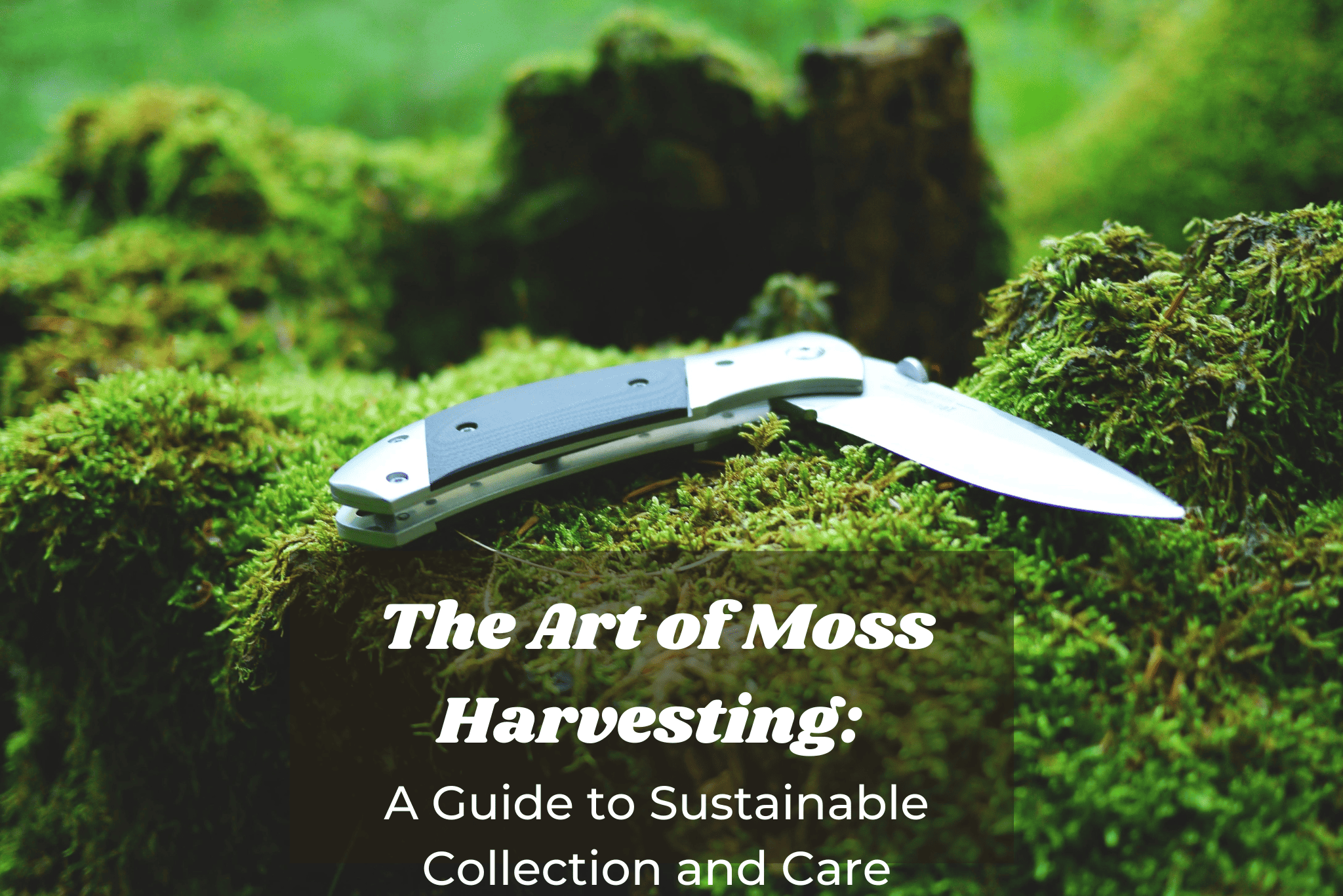
The Art of Moss Harvesting: A Guide to Sustainable Collection and Care
Read more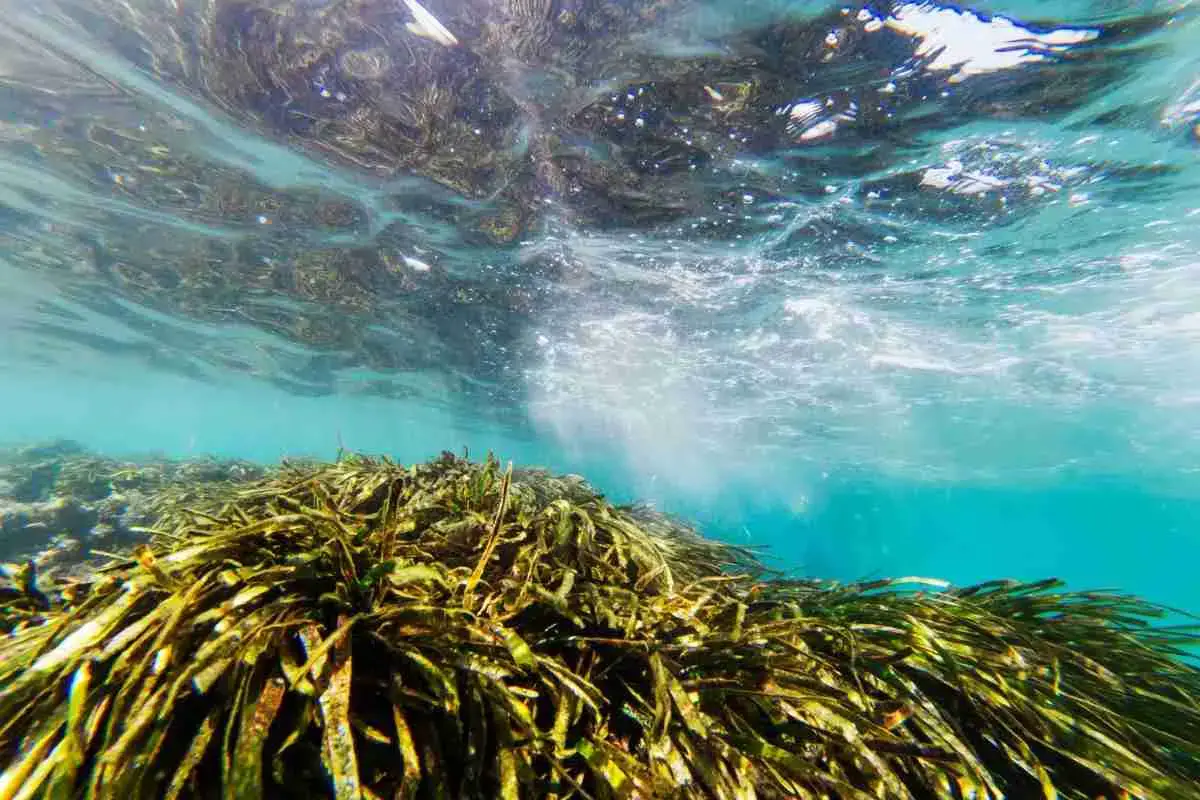
Can Moss Grow Underwater? List & Benefits
Read more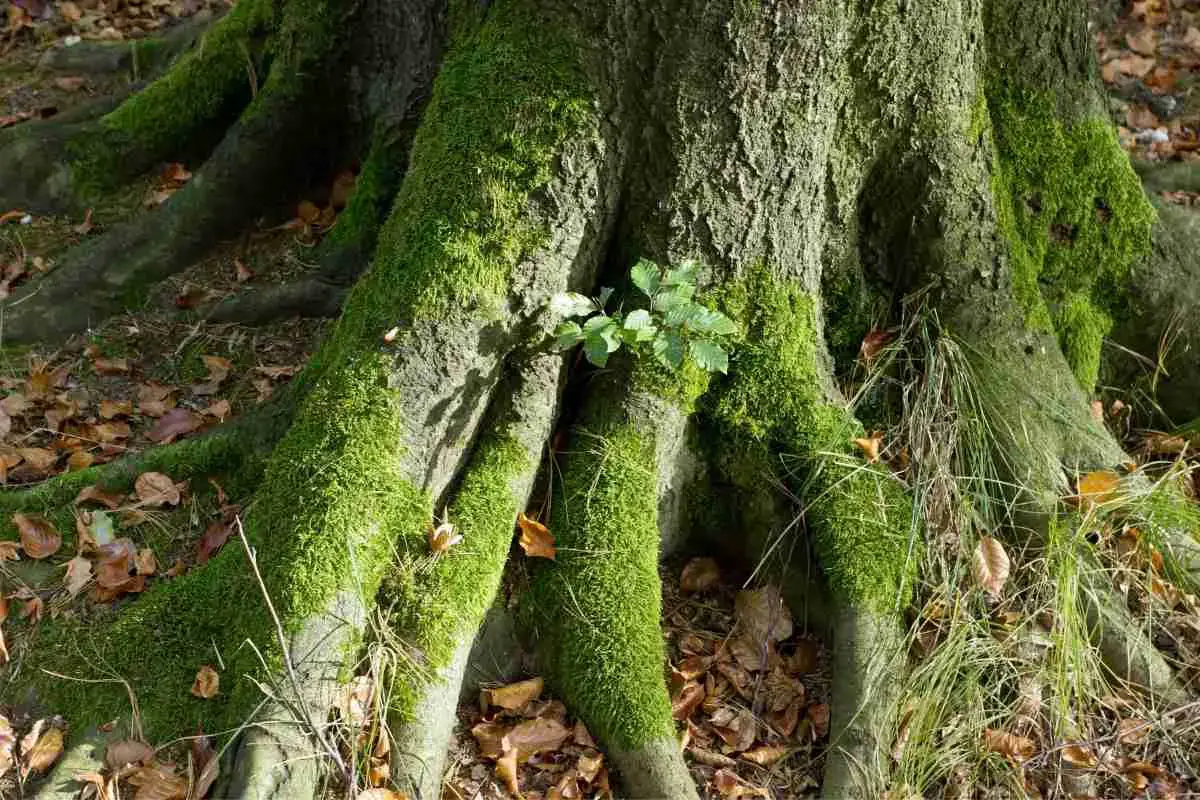
How Does Moss Grow On Trees? And Why?
Read more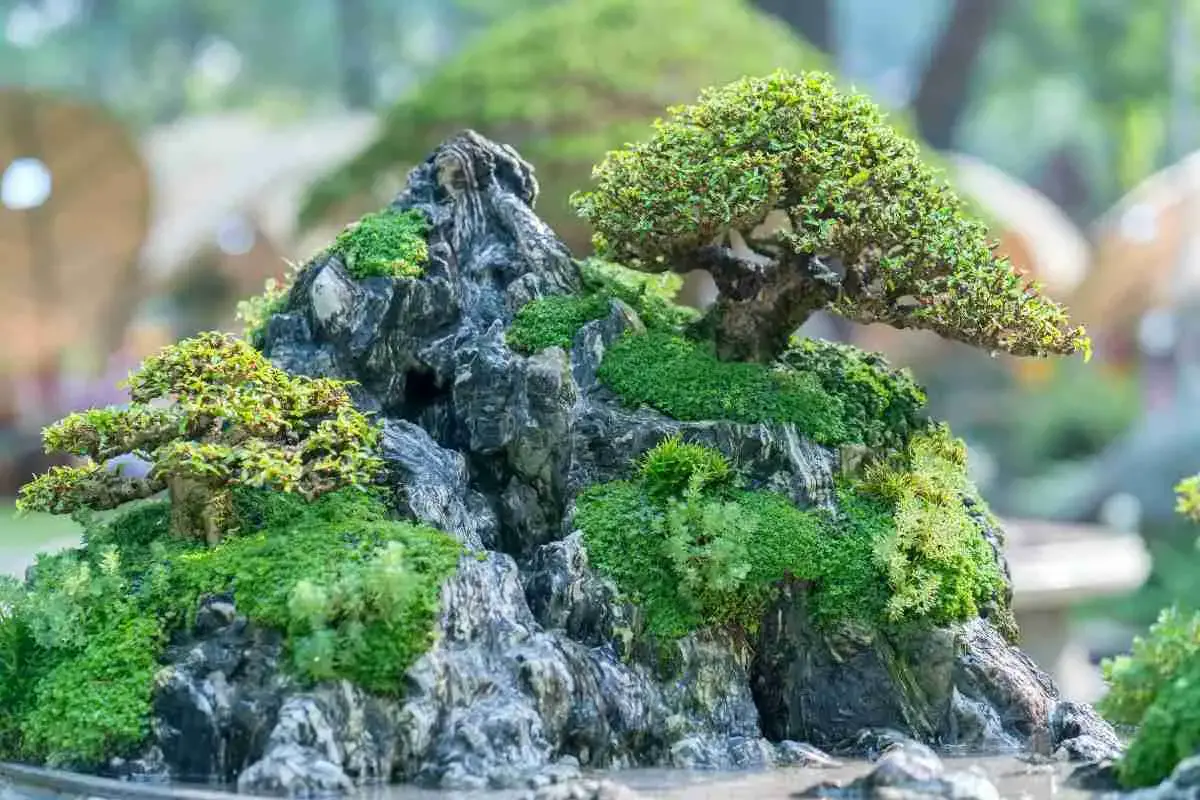
6 Types Of Moss For Bonsai: Bonsai Moss
Read more
How to Grow Moss with Yogurt? Step By Step Guide!
Read more
Can Rabbits Eat Moss?
Read more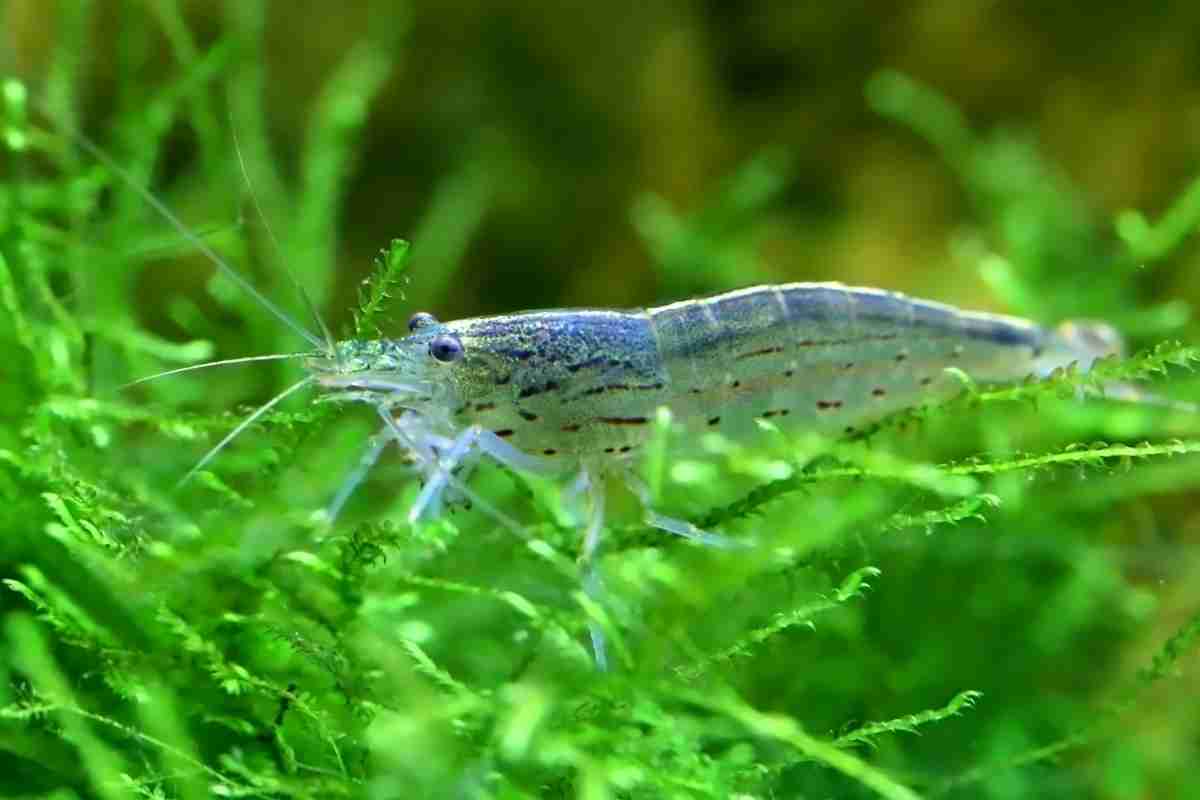
How To Grow Algae For Shrimp In An Aquarium?
Read more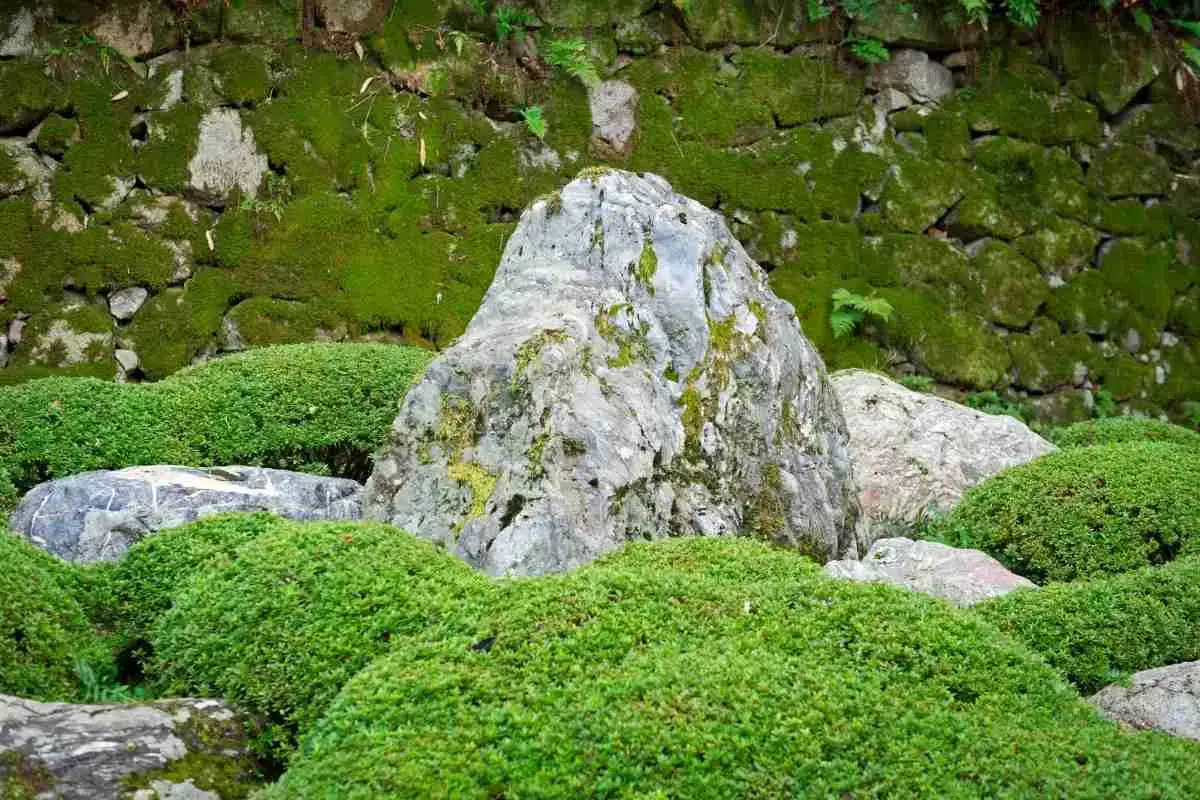
11 Types Of Moss That Grows On Rocks!
Read more
How To Grow Moss On 12 Different Surfaces Step By Step
Read more